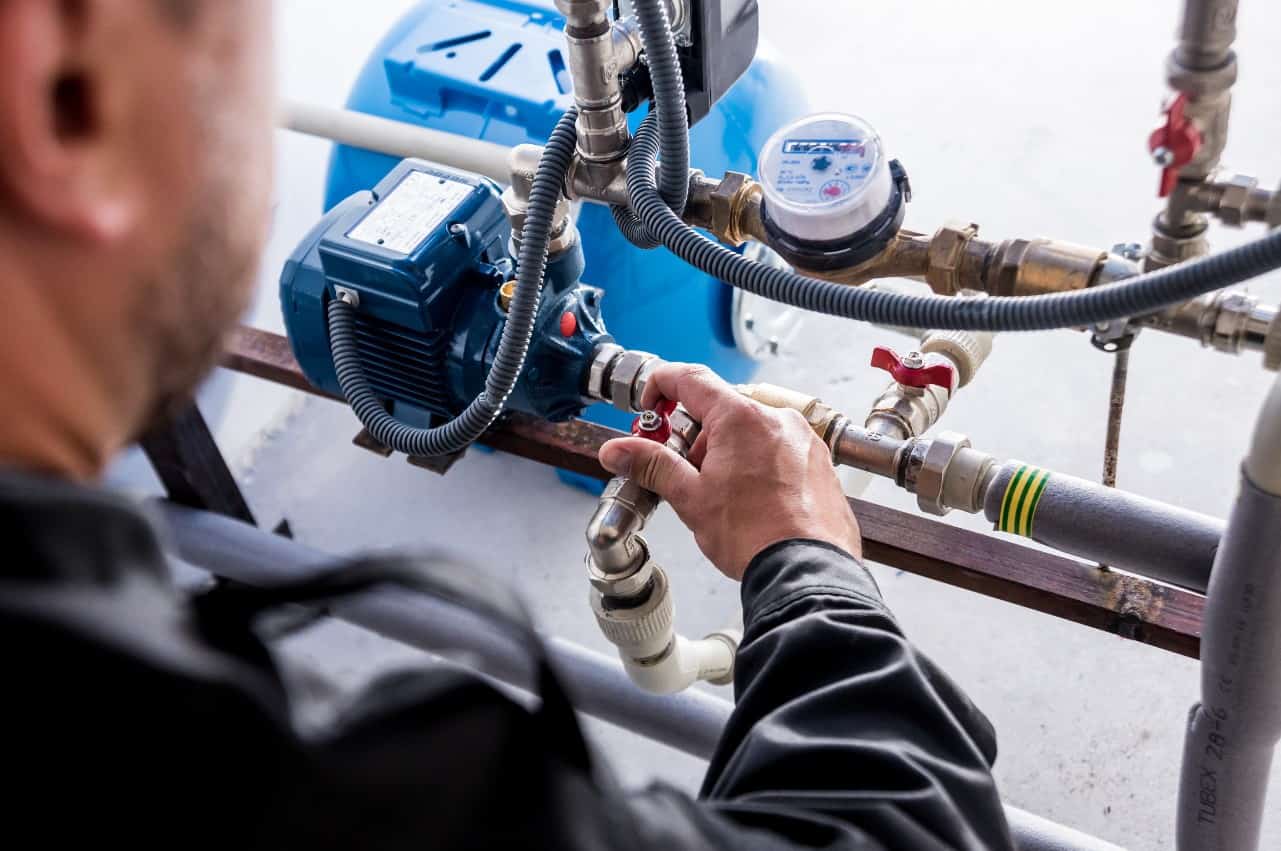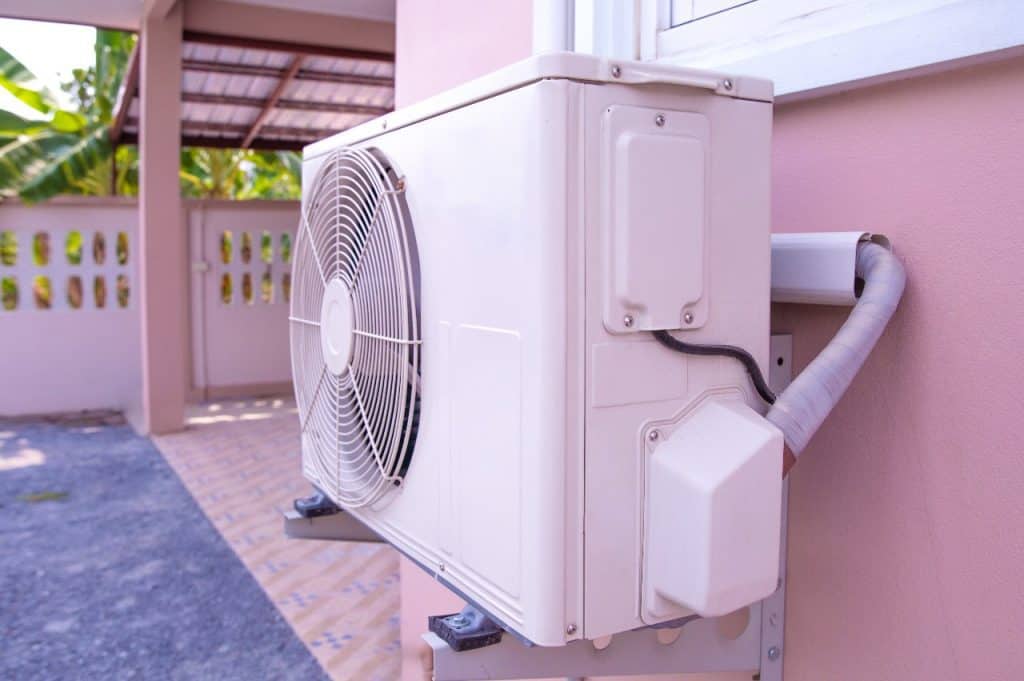
According to the data collected and presented by the Polish Heat Pump Technology Development Organization, the heat pump solution is gaining popularity in our country every year. In fact, in 2019, as much as 37% growth was recorded compared to 2018. If you are thinking about using a heat pump in your home, check out what to look for when choosing one
Almost ⅔ of the cost of maintaining a home is related to heating it. Heat pump allows to reduce them significantly and additionally it reduces costs connected with construction of a house as it does not require construction of a chimney or a boiler room. And during operation it doesn’t require buying fuel every season. However, before making a decision it is worth to know a few issues which should be taken into consideration.
The first issue is what the heat pump will be used for in the future. This is because they can be used both for the sole purpose of heating the house and for additional water heating. In addition, some models can also be used to air condition rooms during the summer. That is why it is so important at the very beginning to determine what tasks are to be performed by the heat pump in the house, in order to be able to choose an appropriate device for given needs

On the market we can choose from two types of pumps, which differ in the bottom source of heat. The first of them are pumps that draw energy directly from the ground or water. They are recommended, however, to be used at the moment when the building is just being constructed and the plot around it has not been developed yet. This is all due to the fact that they require digging trenches, wells and installation of probes. On an already landscaped plot of land this would entail its destruction
The second type of heat pumps are those which draw energy from the air. These types of pumps are characterized by easier installation and maintenance. That is why they are very often used in our country
The most important parameters one should pay attention to when choosing a heat pump include: the heating efficiency of the device, the COP efficiency coefficient, the noise emission and the amount of the cooling agent
The heating capacity of the unit
This parameter determines what area the pump is able to heat in a trouble-free manner. Its value should be strictly selected in accordance with the cubic capacity of the building and the needs of its users, which is why it is most often analyzed on the basis of a construction project
COP
The value of this factor determines the amount of energy consumed by the pump, and this in turn translates into electricity bills. Thanks to it we can find out how much electricity the pump will need in the most intense periods of operation, which occur most often in winter, when the temperature outside begins to significantly drop
Noise emission
When choosing a pump it is definitely worth to pay attention to the noise level it will emit during its operation. Nowadays you can find heat pumps on the market that emit only 21 dB (by comparison, some car tires emit noise levels of about 80 dB)
The quantity of refrigerant
This parameter is extremely important, especially if we take into account the current legislation related to the elimination of greenhouse gas emissions. The refrigerant in heat pumps is CO2. Therefore, if you want to avoid additional maintenance and documentation, it is best to bet on those models that require up to 3 kg of CO2 as a refrigerant
When planning to purchase a heat pump, it is also worth paying attention to whether the manufacturer offers a ready-to-assemble, fully configured and complete device in the price. Very often bargain prices of heat pumps result from the fact that they require buying separately many additional elements which, when summed up, cost more than the standard offer
To sum up, purchasing a heat pump is one of the most cost-effective solutions when it comes to home heating. However, it is worth paying attention to the issues mentioned above to be able to fully enjoy all the advantages it offers.